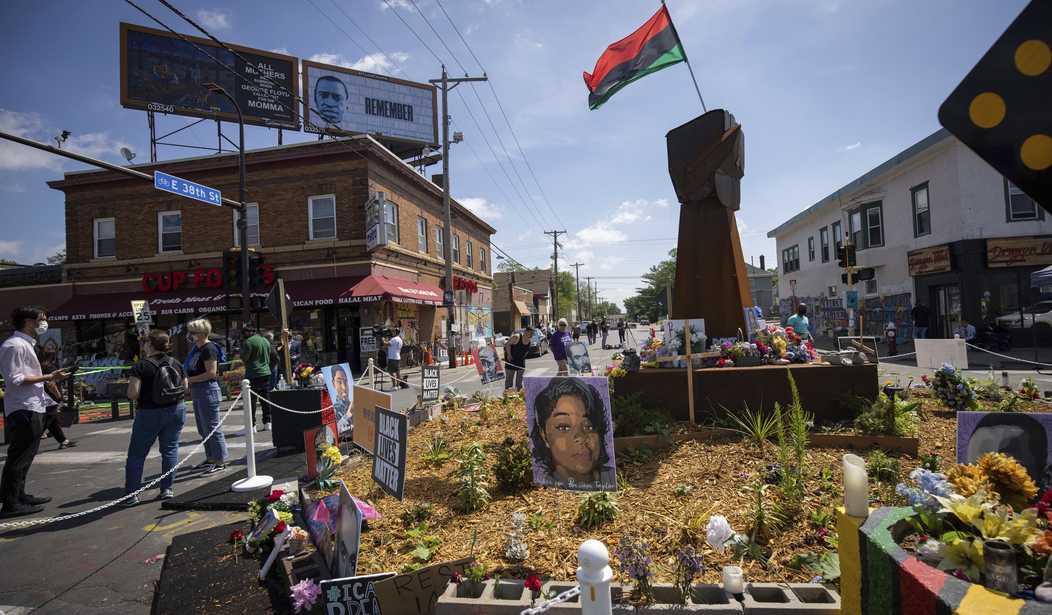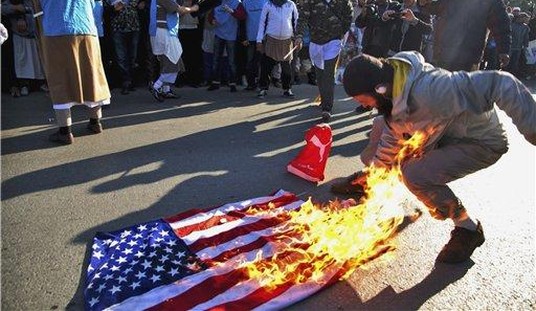It was an eyesore in the middle of downtown Minneapolis. Concrete barricades had been set up as checkpoints where armed men controlled an “autonomous zone” — a place where police dared not enter. The intersection where George Floyd lost his life had become an independent territory. Visitors from around the world came to pay their respects and gawk. They left flowers and other memorabilia as a sign of respect.
But “George Floyd Square” as it became known was killing small businesses — most of them black-owned — in the neighborhood, blocking traffic and impeding emergency vehicles. It was a constant reminder that the city government did not have control of their entire city. There was also a problem with skyrocketing crime in the neighborhood. No police, no law enforcement. There was a nearly nightly sound of gunfire and several people had been shot in the area.
Then, just after dawn on Thursday morning, the police moved in with trucks, bulldozers, and dozens of city workers to restore sovereignty to the intersection. They removed the barricades and began clearing the clutter. But this set off an immediate protest from residents who thought the police and city government were being disrespectful.
By the time hundreds of people began flocking to the scene in protest, many of the tributes at the intersection known as George Floyd Square were gone. The large metal fist that sprouts from the middle of 38th Street and Chicago Avenue was still there, but the barriers that activists used to block traffic had been removed and the city had put most of the items honoring Mr. Floyd into storage.
The mayor and other city officials hoped that the effort would let traffic flow through the intersection again, allowing businesses to prosper and cutting down on the violence in the neighborhood. But demonstrators said that the unannounced action was disrespectful to Mr. Floyd’s memory and that the city was trying to force people to move on from his killing.
But residents appear unwilling to “move on” from anything.
Even as some residents and businesses praised the removal of the sprawling memorial on Thursday, others set up new makeshift barriers to block traffic in the one-block radius around the intersection, using lawn chairs, a drying machine and an air-conditioner. By the afternoon, traffic was not able to pass freely through the intersection as city officials had hoped.
“I acknowledge that it will be a bit touch-and-go and difficult over the next several days,” Mayor Jacob Frey of Minneapolis said at a news conference.
“I think it’s wrong,” said community activist D.J. Hooker. “This not what they should be doing while people are trying to still heal.”
The milquetoast mayor is praying that residents won’t be angry with him and take out their frustration on the city. But perhaps the residents should see this action by the city as an intervention. Excessive mourning is bad for one’s mental health and removing the reason for the mourning is likely to begin the healing process for many.
For others, it’s about power and only power. Keeping police out of the neighborhood may have been emotionally satisfying for some, but for others, it led to tragedy.
If black Minneapolis residents feel the need to continue to mourn, do they really need “George Floyd Square” to facilitate their grieving?










Join the conversation as a VIP Member